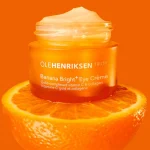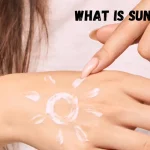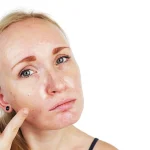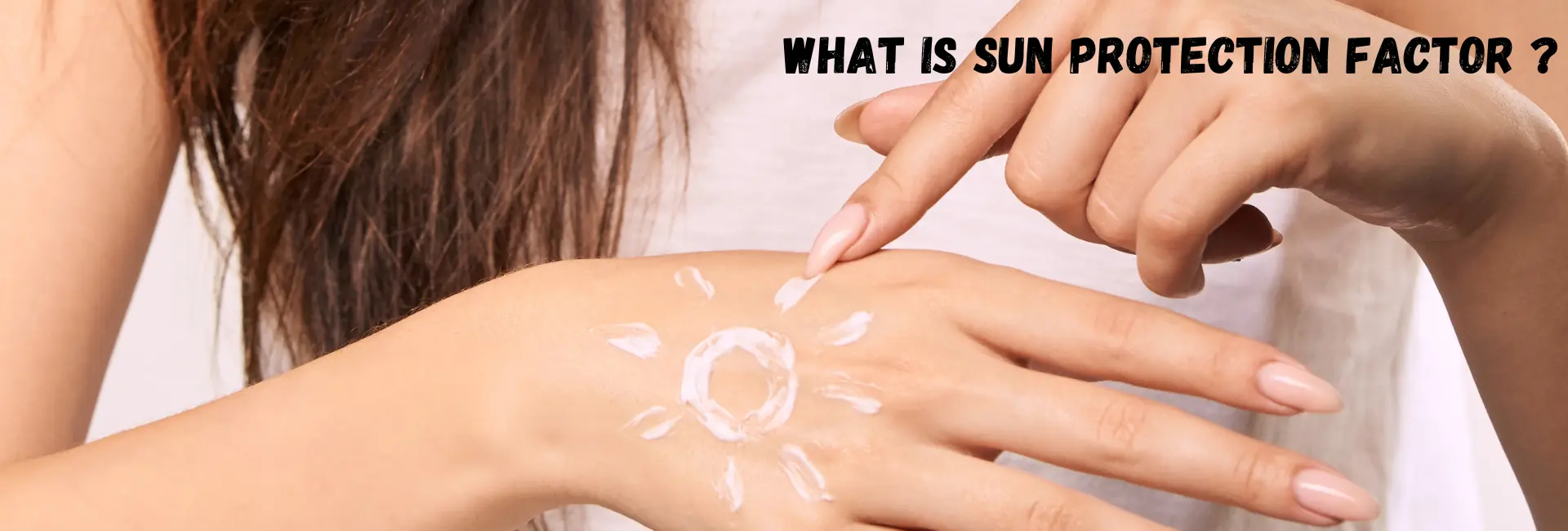
Sunlight may feel good on your skin but also contains unseen threats: ultraviolet (UV) radiation. These rays may result in sunburn, premature aging, and even skin cancer. Fortunately, sunscreens may help, and the Sun Protection Factor (SPF) is an important consideration when selecting the proper one.
What is the SPF (Sun Protection Factor)?
The Sun Protection Factor, or SPF, is a grading system that indicates how effectively sunscreen protects skin from UVB radiation, the primary cause of sunburn. It multiplies the length of time your skin burns compared to not applying sunscreen at all.
Here’s the breakdown:
Higher SPF = more protection: SPF 15 filters out around 93% of UVB rays, while SPF 50 filters out approximately 98%.
SPF could be a better indication: It only evaluates UVB protection, not UVA rays, which penetrate deeper and cause wrinkles and skin aging. Look for “broad spectrum” on the label to provide protection against both.
SPF does not allow you to remain in the sun longer: Reapply sunscreen every two hours or more often if you exercise or swim.
The relevance of SPF
The significance of SPF extends well beyond just avoiding sunburn. Here’s why SPF is an essential component of your sun protection strategy:
- Reduces the risk of skin cancer: Skin cancer is the most common cancer in the United States, and UV rays play a significant role. Regularly using sunscreen with an SPF of 30 or higher dramatically minimizes your risk.
- UV rays degrade collagen and elastin, the building blocks of healthy skin, preventing premature aging. Regular sunscreen use helps to prevent wrinkles, age spots, and loss of skin suppleness.
- Maintains Overall Skin Health: Sun exposure may weaken your skin’s immune system and harm its natural barrier function. SPF protects your skin, keeping it healthy and robust.
- Prevents Sunburn and Discomfort: Of course, the most apparent advantage of SPF is that it protects your skin against sunburn, which can be uncomfortable, irritating, and harmful. Types of sunscreen (H2)
How SPF works.
Sunscreens function as small shields or sponges for your skin, depending on their contents. There are two significant kinds of sunscreens:
-
Chemical sunscreens:
These sunscreens include chemical molecules known as UV absorbers. These absorbers convert UV radiation into heat, which your skin then releases. This efficiently decreases UV light that penetrates your skin cells and causes damage.
-
Mineral sunscreens:
These sunscreens include mineral components such as zinc oxide and titanium dioxide. These minerals lie on the skin’s surface and operate as a physical barrier, reflecting UV radiation away from it like a mirror.
Here’s a table highlighting the main differences.
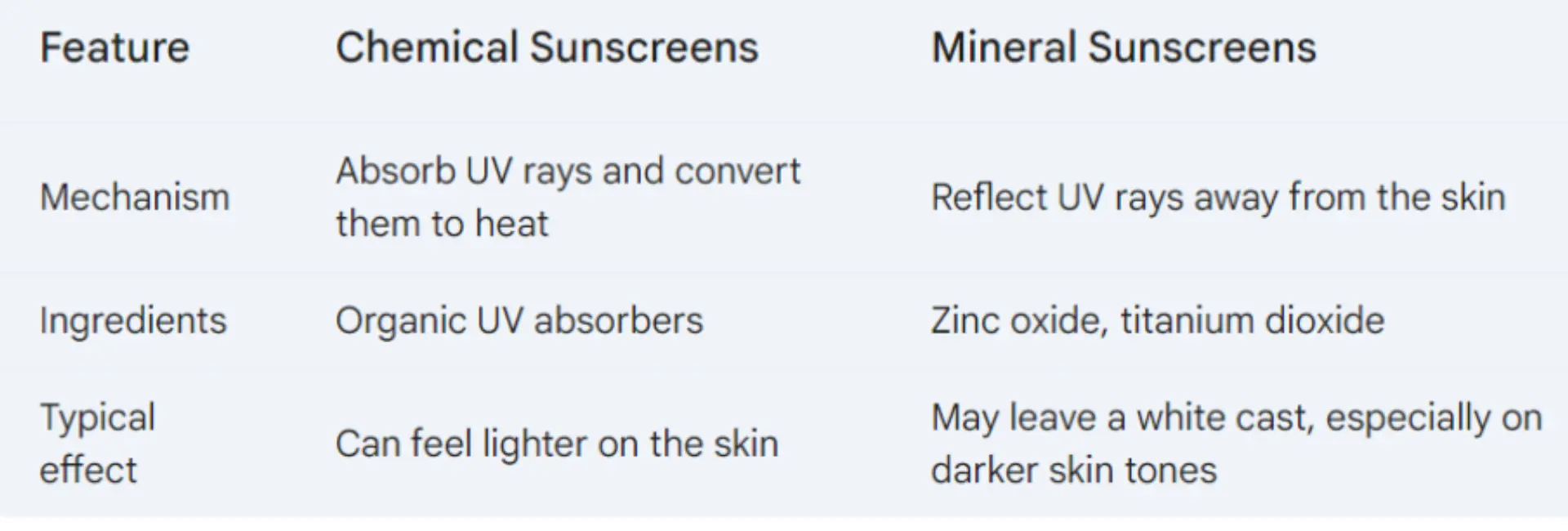
Important note:
- Both forms of sunscreen are efficient at shielding your skin from ultraviolet radiation.
- Some sunscreens include chemical and mineral components, providing broad-spectrum UVA and UVB protection.
SPF ratings
SPF ratings indicate how effectively sunscreen protects your skin from UVB radiation, the leading cause of sunburn. It’s a numerical system in which higher numbers indicate better protection. Here’s a summary of SPF ratings and their meaning:
- Understanding the Scale:
- SPF 15 blocks around 93% of UVB radiation.
- SPF 30 blocks around 97% of UVB radiation.
- SPF 50 blocks around 98% of UVB radiation.
- SPF 100 blocks about 99% of UVB radiation.
Important factors to bear in mind:
- Marginal difference After SPF 30: Although the amount of UVB protection rises with SPF, the difference between SPF 30 and higher SPFs is minimal. Most individuals find that SPF 30 provides enough protection for everyday usage.
- Not a Perfect Measure: SPF only measures UVB protection. Sunscreens branded “broad Sun Exposure: both UVA and UVB rays. UVA rays penetrate deeper into the skin, contributing to its ageing.
- Doesn’t Equal More Sun Exposure: Regardless of SPF, reapply sunscreen every two hours or more often if you exercise or swim. Sunburn may still occur, so don’t depend exclusively on SPF for sun protection.
Additional considerations:
- Who could need extra SPF? People with fair skin, a history of skin cancer, or those on drugs that cause sun sensitivity may benefit from SPF 50 or greater.
- SPF and Activity Level: If you plan to spend a long time outside or sweat a lot, choose a water-resistant sunscreen with a high SPF.
Higher SPF ratings
Higher SPF ratings provide more UVB protection, but there’s more to it than the number. Here’s a closer look at high-SPF sunscreens:
Pros:
- SPF 50+ sunscreens block a slightly more significant proportion of UVB radiation than SPF 30. For example, SPF 30 blocks are around 97%, whereas SPF 50 blocks are approximately 98%.
Cons:
- Diminishing Returns: The difference in protection between SPF 30 and higher SPFs is minimal. For most individuals, SPF 30 is enough protection for regular activities.
- Refrain from letting the larger number deceive you into believing you can spend more time in the sun. Reapplying every two hours and finding shade is crucial.
- Potential Drawbacks: Some high-SPF sunscreens may be:
- Thicker and greasier: This may make them less pleasant to wear, particularly on hot days.
- More expensive: You may be paying a premium for a little boost in protection.
- More ingredients: This may cause issues for people with sensitive skin.
Who could benefit from a higher SPF?
- Individuals with fair skin or a history of skin cancer may need extra protection. Their skin is more vulnerable to UV damage, so the additional protection may be helpful.
- Individuals using drugs that enhance sun sensitivity: Some medications might make your skin more sensitive to sunburns.
- Individuals who engage in extended outdoor activities: A higher SPF sunscreen may provide a minor benefit if you spend hours in the noon sun.
Bottom Line:
SPF 30 broad-spectrum sunscreen provides enough protection for everyday usage for most individuals. However, if you fall into one of the groups listed above or desire increased security, a higher SPF sunscreen may be a better option.
Additional Tips:
- Consider your skin type. If you have oily skin, use a high-SPF, oil-free product.
- If you’re going to sweat or swim, use water-resistant sunscreen.
- Remember that sun protection is a multifaceted strategy. For maximum protection, use sunscreen, wear UV-protective clothes and hats, and seek shade.
Application Guidelines:
To guarantee optimal sun protection, use these sunscreen application guidelines:
Before solar exposure:
- Choose the Right Sunscreen: Apply a broad-spectrum sunscreen with SPF 30 or higher daily. If you have fair skin, have a history of skin cancer, or intend to spend much time outside, use SPF 50+. Consider using water-resistant sunscreen while exercising or swimming.
- Generous Application: Do not be stingy! Apply sunscreen generously to all exposed skin 15 minutes before heading outdoors. Consider your face (including ears, lips, and nose), neck, chest, shoulders, arms, hands (including tops), and legs. If your hair is thinning, apply sunscreen to the scalp.
Sun Exposure:
- Reapplication is essential. Sunscreen degrades over time due to perspiration, swimming, and towel drying. If you sweat or swim, use sunscreen every two hours or more.
- Seek Shade: Find shade wherever feasible, particularly during high sunlight hours (10 a.m. to 4 p.m.). Consider using an umbrella to provide extra protection.
Additional Tips:
- Don’t Forget Your Clothes: Sun-protective clothes with a tight weave (such as long sleeves and slacks) will help limit UV exposure. Look for clothing with a UPF (Ultraviolet Protection Factor) rating.
- Sunglasses are crucial. Use UVA and UVB-blocking eyewear to protect your eyes from UV radiation.
- Hydrate: Sun exposure may cause dehydration. Drink lots of water throughout the day, mainly if you spend an extended period outside.
Testing Methods:
SPF testing takes place in controlled laboratory conditions to establish how efficient a sunscreen is at blocking UV radiation. Here’s a breakdown of the procedure:
The Science Behind It:
- The minimum erythema dose (MED) determines SPF. This is the quantity of UV radiation needed to induce minor reddening on protected vs. unprotected skin.
- There are two primary testing methods: in vitro and in vivo.
- In vitro (glass): This approach simulates UV exposure and measures UVB transmission using artificial skin models. It is quicker and less expensive but may only partially replicate real-world situations.
- This approach involves applying sunscreen to the volunteer’s skin and measuring the MED in situ (on people). It is regarded as more precise, but it is also more costly and time-consuming.
The testing process
Recruitment: The research includes healthy individuals with various skin types.
- The volunteers apply sunscreen to specific parts of their backs.
- UV Exposure: A unique machine that mimics sunshine exposes these regions to a regulated dosage of UV radiation. 4. Redness Measurement: We use specialist equipment to assess the skin’s redness after a specific time. This establishes the MED for protected skin.
- Unprotected Skin: We repeat the technique on the participants’ exposed skin regions to determine the unprotected MED.
- Scientists can determine the sunscreen’s SPF value by dividing the exposed MED by the protected MED.
Testing’s Limitations:
- Does not account for real-world use: The testing does not consider conditions such as sweating, swimming, towel drying, or differences in sunscreen application thickness. All of these factors may impact how effective sunscreen is in real-world situations.
- Focuses on UVB Rays: While UVB protection (SPF) is the primary emphasis, ideal testing would include UVA protection, which the SPF number does not directly represent.
Testing is vital.
- Standardized Ratings: Testing guarantees that customers obtain accurate and consistent SPF ratings.
- Consumer Confidence: Accurate SPF ratings enable customers to make educated decisions regarding sun protection.
- Product Development: Testing enables producers to create and enhance sunscreens that provide excellent protection.
Benefits of Sunscreen
Sunscreen does more than prevent summer sunburn. Here are some of the primary advantages of adding sunscreen to your everyday routine:
- Protects against sunburn: This is the most well-known advantage. Sunscreen absorbs or reflects UV rays, keeping them from harming your skin cells and producing sunburn, which may be unpleasant and irritating and raise your chance of developing skin cancer later in life.
- Reduces Skin Cancer Risk: UV rays are a crucial cause of skin cancer, the most frequent kind of cancer in the United States. Regular use of SPF 30 or higher sunscreen lowers your chance of acquiring certain skin cancers.
- Sun exposure degrades collagen and elastin, the building blocks of healthy skin, preventing premature ageing. Sunscreen prevents wrinkles, fine lines, age spots, and loss of skin suppleness, allowing your skin to seem younger for longer.
- Maintains Overall Skin Health: UV radiation may weaken your skin’s immune system and disrupt its natural barrier function. Sunscreen protects your skin, making it healthier, stronger, and less susceptible to irritation and dryness.
Choosing the Right Sunscreen
Finding the proper sunscreen is dependent on your own requirements and preferences. Here are some considerations:.
- SPF: Experts usually advocate applying SPF 30 or greater regularly. If you have fair skin, have a history of skin cancer, or intend to spend much time outside, use SPF 50+.
- Skin type:
- For oily skin, look for lightweight, oil-free, non-comedogenic (won’t clog pores) formulations branded “mattifying” or “sheer.”
- Dry Skin: Select moisturizing formulations branded “hydrating” or “nourishing” that include hyaluronic acid.
- Sensitive Skin: Choose fragrance-free, mineral-based sunscreens branded “hypoallergenic.”
- If you sweat or swim, use a water-resistant sunscreen with an SPF of 30 or higher.
- Broad Spectrum: Make sure your sunscreen protects against UVA and UVB radiation. Look for “broad spectrum” on the label.
Sunscreen for Different Skin Types
Here’s a brief guide for selecting sunscreen depending on your skin type:
- Oily Skin: Lotions may be heavy, so use lightweight, oil-free gels or sprays. To prevent blocked pores, look for labels that say “mattifying” or “non-comedogenic.”.
- Dry Skin: Use hydrating lotions or creams branded “nourishing” or “moisturizing” with components like hyaluronic acid to keep your skin supple and comfy.
- Sensitive Skin: Fragrance-free, mineral-based sunscreens branded “hypoallergenic” are often softer and less likely to cause irritation. Consider using a physical sunscreen with zinc oxide or titanium dioxide.
Special Considerations
Sunscreen is necessary for everyone; however, certain people need additional precautions:
- Children: Use a broad-spectrum, water-resistant sunscreen with an SPF of 30 or higher. Select a mineral-based sunscreen for extra gentleness on their fragile skin.
- Pregnant women should see their doctor for particular suggestions. In general, choose a broad-spectrum sunscreen devoid of oxybenzone and octinoxate. Look for mineral sunscreen.
- People with Skin Conditions: If you have eczema or rosacea, you should visit your dermatologist before using sunscreen. They may propose a formula that will not aggravate your issue.
Conclusion
Sunscreen is an essential part of a healthy skincare routine. Understanding the benefits, using the right sunscreen for your skin type, and following safe sun practices can help you protect yourself from the sun’s harmful effects and keep your skin healthy and appealing for years.



